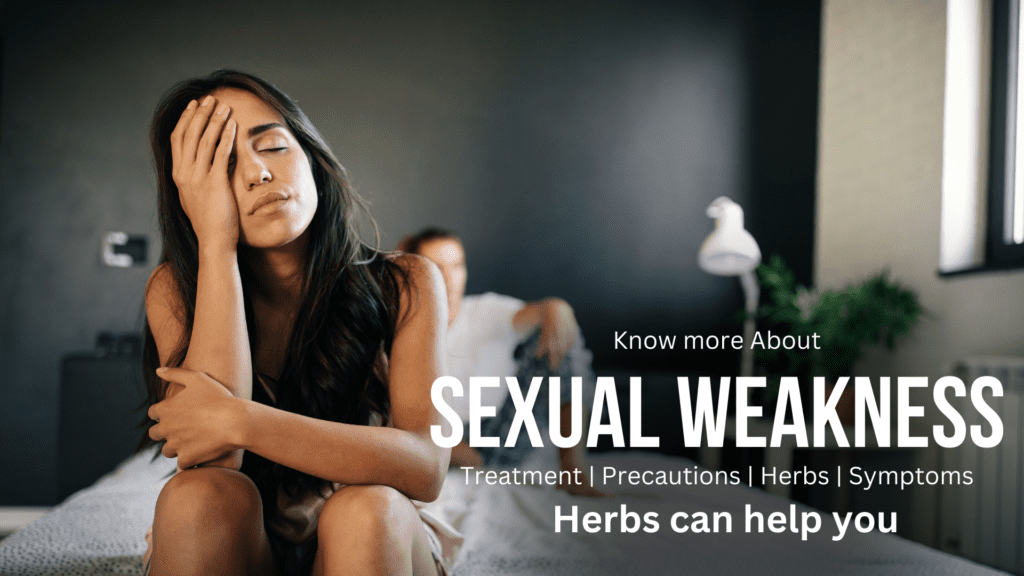About:
Tennis elbow, also known as lateral epicondylitis, is a condition that affects the outer part of the elbow joint. It is a type of repetitive strain injury (RSI) that occurs when the tendons in the forearm, which attach to the lateral epicondyle (a bony prominence on the outer side of the elbow), become inflamed or damaged. This can cause pain, stiffness, and weakness in the affected arm, making it difficult to perform everyday tasks.
Causes of Tennis Elbow:
The primary cause of tennis elbow is overuse or repetitive strain on the forearm muscles and tendons. This can happen due to activities that involve repetitive wrist and arm movements, such as playing tennis, painting, typing, or using hand tools. The repeated strain can cause micro-tears in the tendon, leading to inflammation and pain. Other contributing factors to tennis elbow include age, poor technique or form, and underlying medical conditions such as arthritis.
Dosha and Tennis Elbow:
In Ayurvedic medicine, tennis elbow is considered a Vaat disorder. Vaat is one of the three doshas (energies) in Ayurveda, responsible for movement and communication in the body. When Vaat is imbalanced, it can cause pain, stiffness, and inflammation in the joints and muscles, leading to conditions like tennis elbow. Treatment in Ayurveda for tennis elbow usually involves balancing the Vaat dosha through herbal remedies, massage, and lifestyle modifications.
Symptoms of Tennis Elbow:
The most common symptom of tennis elbow is pain on the outer side of the elbow, which can radiate down the forearm and wrist. The pain can be mild to severe and can occur gradually or suddenly. Other symptoms of tennis elbow include:
- Stiffness in the elbow joint
- Weakness in the affected arm
- Difficulty in gripping objects
- Pain while lifting or twisting the arm
- Tenderness on the outer side of the elbow
Without treatment
tennis elbow can worsen over time, causing chronic pain and weakness in the affected arm. It can also lead to other complications such as nerve damage, limited mobility, and reduced quality of life.
Precautions for Tennis Elbow:
The following precautions can help prevent and manage tennis elbow:
- Warm up before physical activity and cool down afterward.
- Avoid repetitive or excessive movements that strain the forearm muscles and tendons.
- Use proper equipment and technique during physical activity, including using a lighter racket, using an ergonomic mouse, and maintaining proper posture.
- Strengthen the forearm muscles through exercise and physiotherapy.
- Take frequent breaks during activities that involve repetitive arm movements.
- Apply ice or heat to the affected area to reduce inflammation and pain.
- Use braces or splints to support the affected arm during physical activity.
- Practice stress management techniques such as yoga, meditation, and deep breathing to reduce stress and tension.
- Maintain a healthy diet and lifestyle to support overall wellness.
- Seek medical attention if the pain persists or worsens despite conservative treatments.
WHO Facts on Tennis Elbow:
According to the World Health Organization (WHO), tennis elbow affects 1-3% of the adult population each year. It is more commonly seen in individuals who perform repetitive activities involving the wrist and forearm, such as tennis players, painters, carpenters, and assembly line workers.
The WHO notes that the condition can significantly impact an individual’s ability to perform daily activities and work, leading to decreased productivity and quality of life. It is important to seek treatment for tennis elbow to prevent the condition from worsening and potentially leading to chronic pain and disability.
The WHO recommends a multimodal approach to treating tennis elbow, including physical therapy, pain management, and lifestyle modifications such as ergonomic adjustments and avoiding activities that exacerbate symptoms. In severe cases, surgery may be necessary to repair the damaged tendons. Early intervention is key to successful treatment and recovery.

